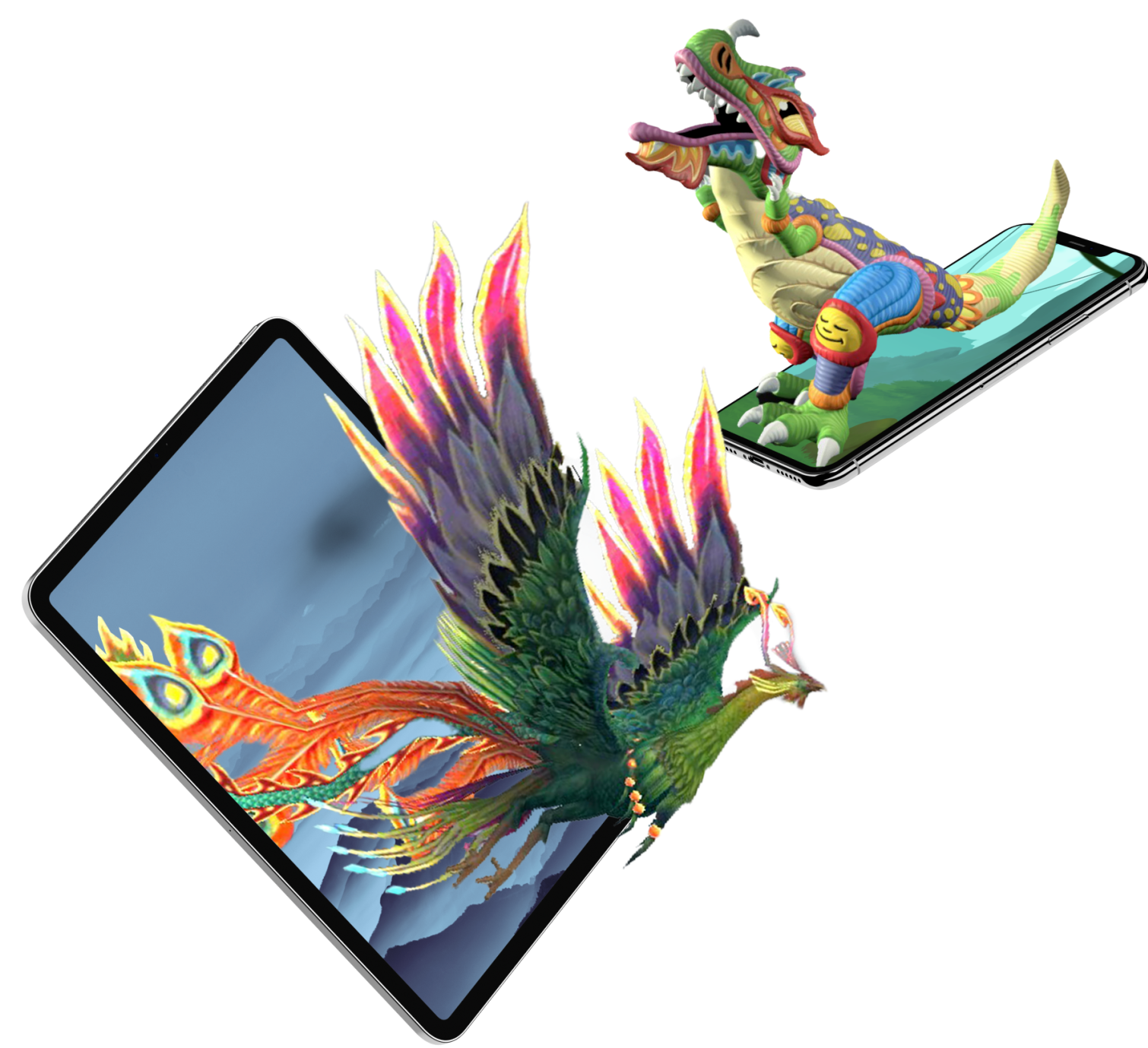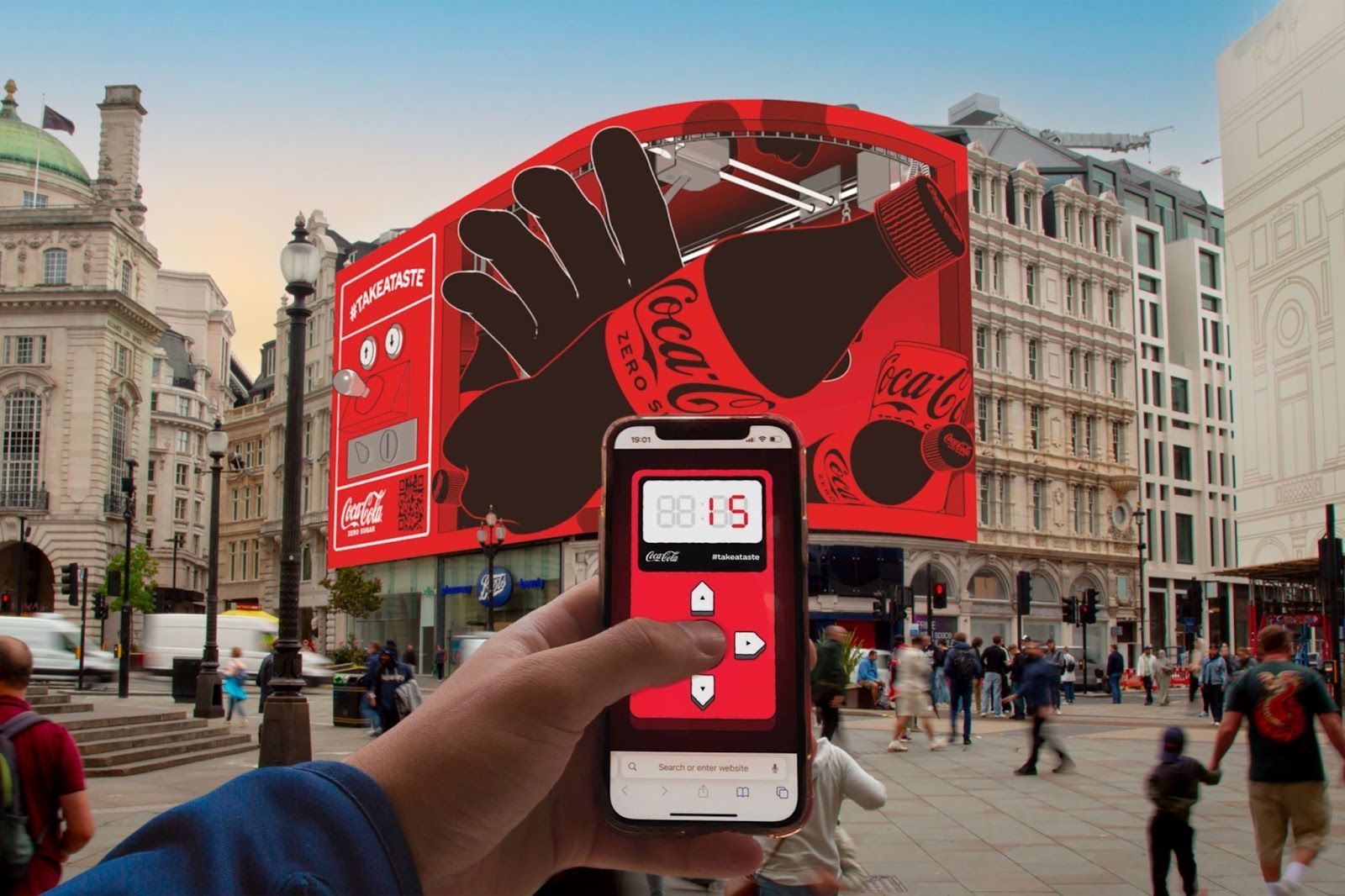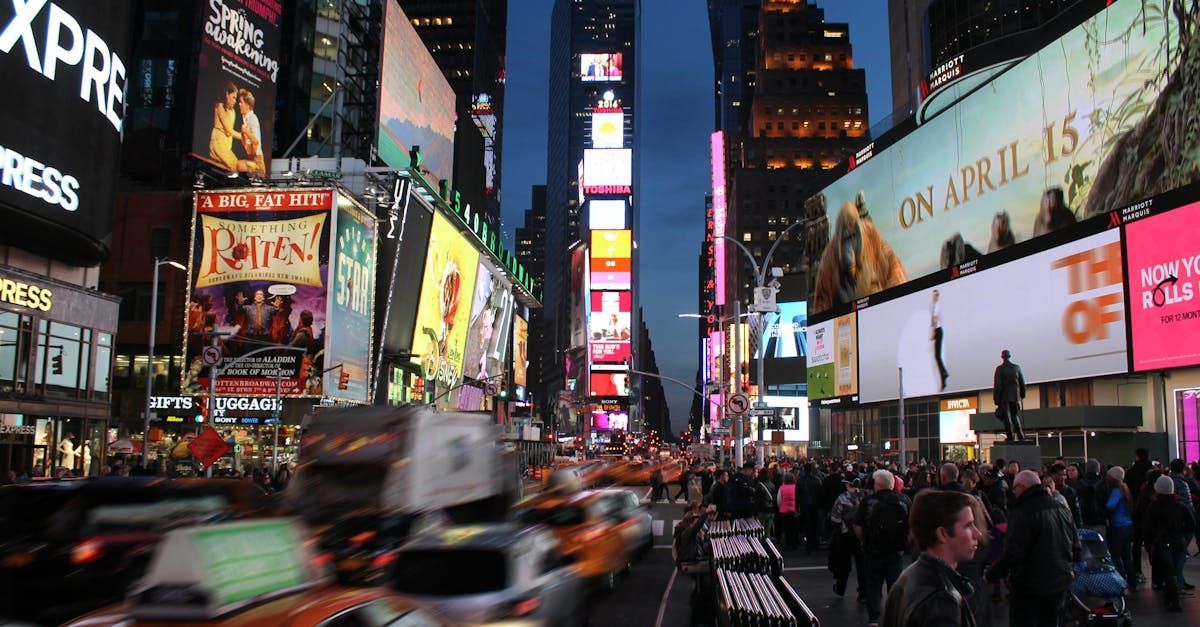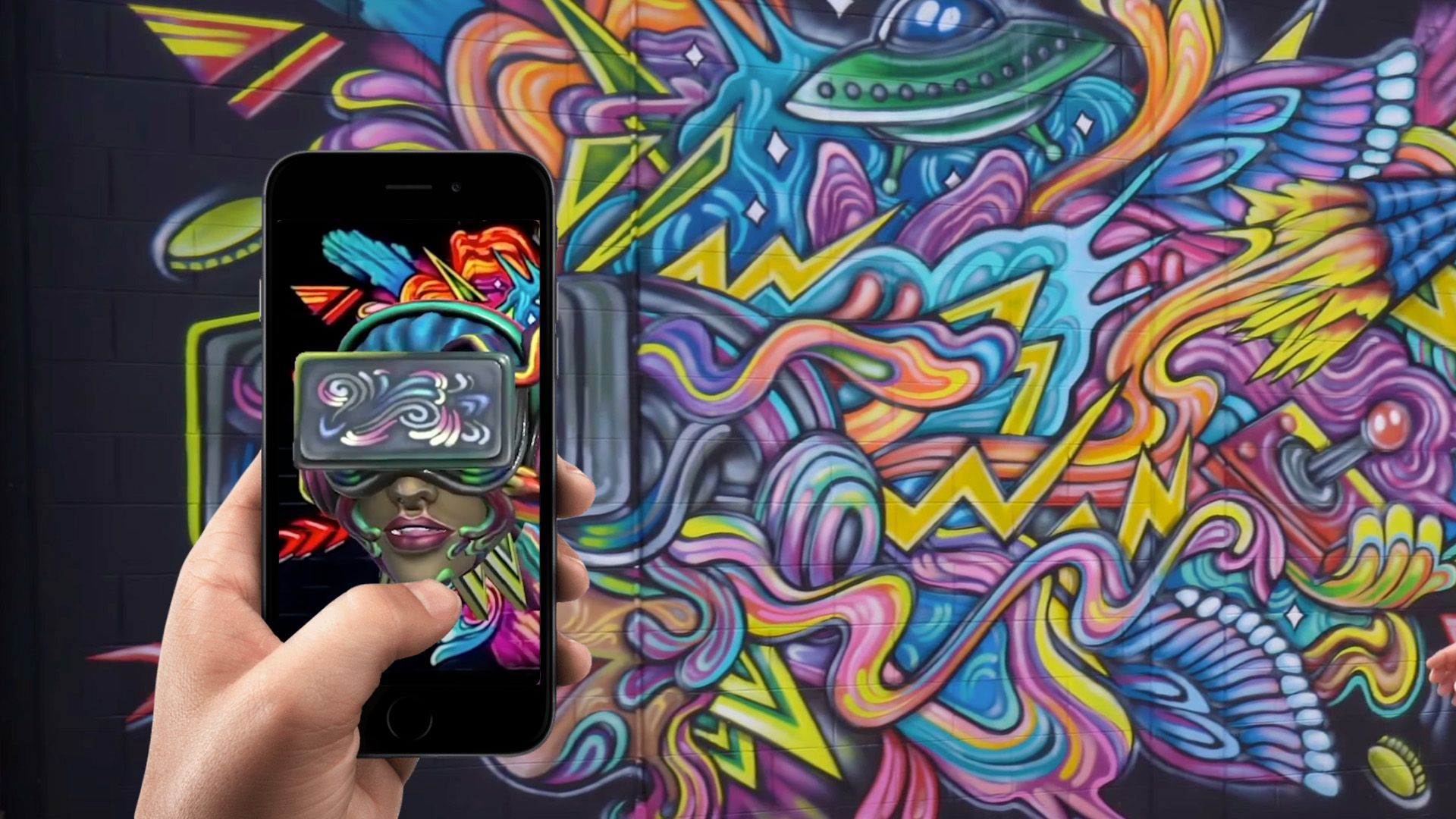Exploring Augmented Reality in Tourism and Travel: A Journey into Immersive Experiences
Introduction
The travel and tourism industry has always thrived on offering unforgettable experiences and creating lasting memories. From pristine beaches to centuries-old heritage sites, travelers crave deeper connections and authentic encounters with the places they visit. In today’s fast-paced digital world, technology is playing an increasingly pivotal role in reshaping how we plan, experience, and share our journeys. Among the emerging technologies, Augmented Reality (AR) is a promising innovation for tourism and travel.
Augmented Reality is the superimposition of computer-generated images or data onto the user’s real-world environment in real time. This technology blends digital information—text, graphics, and audio—with physical surroundings, creating immersive and interactive experiences. The potential applications of AR in travel and tourism are vast, from interactive city tours to enhanced museum exhibits, interactive hotel experiences, and more. In this article, we will explore the core concepts of AR, how it is being used in tourism, the exciting realm of augmented reality murals, and what the future might hold for this rapidly evolving technology.
Understanding Augmented Reality
Before diving into its applications in tourism, it’s helpful to understand what Augmented Reality is and how it differs from other immersive technologies such as Virtual Reality (VR) and Mixed Reality (MR).
Definition and Key Components
- Augmented Reality (AR) overlaps digital data—such as text, images, and interactive elements—onto the physical world. Users still see their surroundings but with additional layers of contextual information.
- Virtual Reality (VR) immerses users entirely in a computer-generated environment, cutting them off from the real world.
- Mixed Reality (MR) is a blend of AR and VR, where digital objects appear in the real world and interact realistically with physical objects.
How AR Works
- AR typically uses a camera to capture the real-world environment. Through markers (like QR codes or recognizable patterns) or advanced image recognition, the software identifies points of interest to overlay digital content.
- Sensors like GPS, accelerometers, and gyroscopes on a smartphone or AR headset help track the user’s movements and location, enabling seamless alignment of digital objects with real-world coordinates.
Hardware and Devices
- The most common tools for AR today are smartphones and tablets. Users can simply point their device’s camera at a location or object to unlock AR experiences.
- AR headsets and smart glasses, such as the Microsoft HoloLens or Google Glass, also offer hands-free AR experiences by projecting digital elements into the wearer’s field of vision.
AR is so compelling for tourism because it blends real-world travel experiences with the power of digital enhancements, paving the way for richer and more informative journeys.
Applications of Augmented Reality in Tourism
Interactive City Tours
- One of the most popular applications of AR in tourism is city tours with digital overlays. Imagine walking through historic neighborhoods in Rome or Paris and pointing your phone at an ancient building, only to see how it looked in its heyday hundreds or even thousands of years ago. AR can overlay historical images, animations, and stories that bring the past to life, offering a more engaging way to discover cultural heritage.
- AR-based city tours can also help travelers find hidden gems, local restaurants, and historical facts not covered in traditional guidebooks. This personalized exploration turns an ordinary self-guided walk into an immersive experience.
Enhanced Museum and Heritage Site Experiences
- Museums around the world are incorporating AR to transform static displays into living narratives. By scanning a painting or artifact with an AR-enabled device, visitors can unlock videos, voiceovers, or 3D reconstructions. This deepens their understanding and fosters a more interactive museum experience.
- At heritage sites like the pyramids of Egypt or the Mayan ruins, tourists can use AR to visualize how these ancient structures looked in their prime. Historical re-enactments, guided storytelling, and contextual information can enrich the site visit and increase engagement.
Hotel and Accommodation Experiences
- AR can help potential guests visualize hotel rooms before booking. By integrating AR features into hotel websites or apps, travelers can use their smartphones or AR devices to explore 3D models of the rooms, see how the views look from different floors, and get a better sense of the ambiance.
- Once travelers arrive, AR-based indoor navigation can help them navigate large resorts or cruise ships, guiding them to amenities such as restaurants, pools, or conference halls. This level of convenience enhances the overall guest experience.
Language Translation and Cultural Insights
- One of the biggest challenges for travelers is language barriers. AR translation apps, like Google Lens, allow users to point their smartphone at text on signs or menus, instantly translating it into their preferred language. This real-time translation is more convenient than flipping through dictionary apps or phrasebooks.
- Beyond words, AR can also offer cultural insights. For instance, visitors could point their smartphone at a traditional garment in a local market to learn about its cultural significance and history, bridging knowledge gaps and fostering more meaningful connections with local cultures.
Immersive Storytelling and Marketing
- Destinations are increasingly using AR-enabled storytelling to captivate prospective travelers. AR ads and social media filters let audiences “try on” a travel experience—seeing themselves at iconic landmarks or participating in local festivals—before purchasing a plane ticket.
- Travel businesses can leverage AR in marketing campaigns to differentiate themselves, creating immersive content that resonates with tech-savvy audiences. Whether an interactive 360° tour of a future travel experience or an AR-based game showcasing local attractions, AR offers countless marketing possibilities to capture travelers’ attention.
Gamification of Travel
- AR-based games can entice people to visit new sites and regions. Consider how the success of AR games like Pokémon Go drove thousands of players to explore neighborhood parks, monuments, and landmarks they might otherwise have overlooked.
- Tourism boards and local councils can replicate this gamification strategy, transforming city exploration into a treasure hunt where visitors collect points, badges, or digital prizes by scanning markers at famous attractions or hidden cultural spots.
Augmented Reality Murals: Bringing Street Art to Life
One of the most vibrant intersections of tourism, art, and technology can be found in augmented reality murals. Street art and murals have long attracted visitors to specific neighborhoods and cities. Now, AR technology offers a way to enhance these murals, creating interactive experiences that captivate travelers and locals alike.
Transforming Public Spaces
- Street art reflects a city’s culture, history, and social commentary. AR murals layer digital animations, soundscapes, or hidden messages onto existing artworks. Scanning the mural with a smartphone or tablet allows visitors to watch the art come alive, listen to the artist’s story, or uncover historical context.
- This digital twist encourages visitors to explore lesser-known neighborhoods and engage more deeply with local culture, broadening the tourism map beyond a city’s primary attractions.
Artist Collaboration and Community Engagement
- Augmented reality murals are most successful when artists, developers, and local organizations collaborate. Artists can create visual triggers within their design that cue certain AR effects, while app developers program the overlays and animations.
- These collaborations often spark community pride. Neighborhood residents may help choose themes or share stories, ensuring the mural reflects their heritage, traditions, or aspirations.
Attracting Niche Tourists and Social Media Enthusiasts
- In the age of Instagram and TikTok, interactive art installations are highly shareable, drawing crowds eager to capture creative, eye-catching content. With their blend of technology and artistry, AR murals naturally appeal to social media enthusiasts looking for unique backdrops and viral moments.
- Tourism boards can leverage AR murals in their marketing campaigns, encouraging travelers to embark on self-guided “mural hunts” that spotlight local businesses and cultural hotspots.
Educational and Cultural Significance
- Beyond visual appeal, AR murals can serve educational purposes. For instance, an AR mural depicting Indigenous history might include voiceover narratives, archival photos, or cultural insights that deepen visitors’ understanding.
- Children and students can benefit from these interactive elements, turning a casual stroll through a neighborhood into an engaging learning experience.
Sustainable Tourism Efforts
- AR murals can help decentralize tourism by drawing visitors away from overcrowded “honeypot” sites. As travelers seek these immersive art experiences, they support local economies in lesser-known areas.
- Creating AR murals often involves eco-friendly paint and minimal hardware, reducing the environmental footprint compared to large-scale infrastructure projects. This approach resonates with the growing number of travelers prioritizing sustainability and responsible tourism.
By integrating murals with AR, cities can highlight their unique cultural narratives, spark conversations, and give travelers a reason to linger in neighborhoods that might otherwise go unnoticed. This fusion of street art and AR technology underscores the limitless potential for immersive travel experiences.
Benefits of Augmented Reality in Tourism
Enriched Visitor Experience
- AR adds layers of interactive information, historical context, and visual excitement to sights that could otherwise seem underwhelming to visitors. Interactive storytelling and visual overlays can intrigue any location, boosting visitor satisfaction.
Personalized Exploration
- Modern travelers value personalized experiences. With AR, they can create custom tours and focus on what interests them most—art, history, gastronomy, or architecture—by following AR breadcrumbs specifically curated for their preferences.
Boost to Local Businesses
- By revealing lesser-known attractions and murals, AR encourages travelers to explore local communities, dine at family-run restaurants, and patronize small shops, distributing tourism revenue more equitably.
Educational Impact
- AR is a powerful educational tool, engaging visitors of all ages in learning about cultures, histories, and traditions. The interactive format can also help children and students remember facts more effectively than passive observation.
Increased Accessibility
- Travelers with disabilities can benefit from AR-assisted navigation, guided sign language experiences, or on-screen text for audio tours. AR can bridge accessibility gaps, enabling more people to enjoy tourism experiences.
Challenges and Considerations
While Augmented Reality holds immense promise for tourism, it also presents various challenges destinations and businesses must address to harness its full potential.
Technical Limitations
- Despite the rapid advancement of AR technology, technical issues such as GPS accuracy, battery drain on smartphones, and data connectivity remain obstacles. These limitations can degrade the overall user experience, especially in poor internet coverage.
- AR headsets and smart glasses are still relatively expensive, limiting widespread consumer adoption. Until hardware costs decrease and device designs become more user-friendly, many people will rely primarily on smartphones for AR experiences.
Content Quality and Relevance
- The value of AR hinges on providing compelling, high-quality content. Poorly executed AR overlays, outdated data, or irrelevant pop-ups can detract from the visitor experience. Tourism operators must continually update and refine AR offerings.
- Creating engaging AR content can be time-consuming and costly. Businesses and destinations must invest in robust content creation strategies and dedicated resources for AR development.
User Adoption and Awareness
- For AR to succeed, the average traveler must know its benefits and be willing to use the technology. This means providing user-friendly interfaces, simplified instructions, and incentives for tourists to engage with AR apps.
- Overcoming the learning curve is especially important for older audiences or travelers unfamiliar with cutting-edge mobile applications.
Privacy and Ethical Concerns
- AR-based applications often track user locations and gather data to provide personalized experiences. Data protection laws and privacy guidelines must be carefully followed to maintain user trust.
- Destinations and businesses using AR must also consider potential crowding issues if AR experiences become extremely popular and the environmental impact of overtourism driven by new digital tourism trails.
Maintenance and Updates
- AR experiences need consistent maintenance, updates, and bug fixes. This can create ongoing costs for tourism businesses, which may strain smaller organizations or those with limited tech budgets.
- Rapid changes in mobile operating systems or AR frameworks require prompt adaptation to ensure that AR content remains accessible and fully functional for end users.
Future Trends of AR in Tourism
Widespread Adoption of Wearable AR Devices
- As wearable AR devices become more affordable and mainstream, travelers will gain access to hands-free, on-the-go AR experiences that blend seamlessly with their exploration. This will eliminate the need to constantly hold and point a smartphone, resulting in more immersive, natural tours.
Hyper-Personalized Experiences through AI and AR Integration
- The convergence of Artificial Intelligence (AI) and AR will enable hyper-personalized travel recommendations. AI algorithms can analyze traveler profiles, preferences, and real-time location data to deliver tailored AR content, ensuring each journey is unique and memorable.
AR-Powered Smart City and Destination Infrastructure
- Many destinations aspire to become “Smart Cities” with integrated digital services. This could include AR-based public transportation navigation, real-time event updates, and location-based marketing that promotes local businesses. The synergy of AR with other smart systems will create a seamlessly connected travel experience.
Virtual Tour Guides and Avatars
- AI-driven avatars could act as virtual tour guides, appearing on travelers’ AR screens to provide directions, historical anecdotes, or restaurant suggestions based on the traveler’s interests. Such digital companions will make independent travel more accessible, even for first-time visitors.
Community-Generated AR Content
- As AR technology democratizes, local communities and travelers can contribute to the AR experience by creating and sharing custom overlays. Crowdsourced content will enrich the AR landscape with diverse perspectives, hidden stories, and localized knowledge.
Sustainable Tourism and Conservation Efforts
- AR can help promote responsible and sustainable tourism. For example, AR overlays might reveal the environmental impact of over-visitation on fragile ecosystems or highlight conservation projects. By educating travelers in real time, AR can encourage more mindful behavior.
Implementing AR in Your Travel Business Strategy
For travel agencies, hotels, tour operators, and destinations looking to harness the power of Augmented Reality, here are some practical steps:
Start with a Clear Purpose
- Identify the specific goals that AR can help you achieve: Is it to enhance visitor engagement, differentiate your service offering, or educate travelers about heritage? Clarity from the outset ensures that you invest resources in the right direction.
Choose Appropriate Platforms and Tools
- If you want to target a broad audience, consider smartphone-based AR since it has the largest user base. For more niche or luxury experiences, explore AR headsets that offer more advanced and hands-free interactions.
- Evaluate existing AR frameworks (such as ARKit for iOS or ARCore for Android) to build or adapt your solutions.
Collaborate with Developers and Content Creators
- Developing high-quality AR experiences often requires collaboration between tourism experts, historians, graphic designers, and AR developers. A well-rounded team ensures your AR application is both accurate and visually appealing.
- Consider partnering with local universities or tech startups specializing in AR research and development. This approach can be especially beneficial for complex projects like AR murals, where artistic and technical expertise must come together.
Focus on User Experience (UX)
- Keep the interface intuitive, with simple instructions for accessing AR features. Provide on-boarding tutorials or in-app guides, and minimize loading times to prevent user frustration.
- Ensure that the AR experience is not intrusive. Overcrowding a user’s screen with excessive data can detract from the travel experience. Strive for balance and clarity.
Plan for Maintenance and Scalability
- AR content must be regularly updated—especially if it’s tied to live events, seasonal changes, or historically evolving contexts. Allocate budget and resources for consistent content refreshes.
- If the AR experience becomes popular, be prepared for increased server loads, data usage, and potential feature expansion.
Market Your AR Offerings
- Once you’ve created an AR-based tour or application, promote it through social media campaigns, email newsletters, and partnerships with influencers or travel bloggers. User reviews and word-of-mouth are powerful ways to spread awareness.
- Highlight how your AR solution—whether a city-wide AR mural tour or an enhanced museum walkthrough—enriches the overall travel experience or solves a specific pain point (e.g., language barriers, immersive storytelling).
Conclusion
Augmented Reality is reshaping the landscape of tourism and travel by offering immersive, interactive, and personalized experiences. By blending digital information with the real world, AR apps and devices encourage travelers to look at destinations in a new light—revealing hidden histories, cultural insights, and modern conveniences. From interactive museum exhibits to AR-powered city tours, from language translation overlays to augmented reality murals, the possibilities for AR in tourism are vast and still evolving.
For businesses and destinations, adopting AR can lead to increased visitor engagement, enhanced customer satisfaction, and a competitive advantage in an industry where experiences reign supreme. At the same time, there are essential considerations around cost, technology, user adoption, and content quality that must be carefully managed to maximize the benefits of AR. As wearable devices become more accessible and AI-driven personalization becomes more sophisticated, AR will likely become a staple in the tourism toolbox—offering a future where every journey is enriched, educational, and unforgettable.
Whether you are a curious traveler, a savvy tourism operator, or a technologist looking to revolutionize travel experiences, now is the time to explore the transformative potential of Augmented Reality. Embracing this cutting-edge technology not only helps destinations stand out in a crowded market but also brings the wonder of exploration to the traveler’s fingertips, turning the world into a living, interactive canvas. The age of AR-driven travel is upon us, and it promises to transform how we discover and connect with our planet’s most remarkable destinations.
TALK TO A PRO
We're here to bring your brand to life!
Stay Connected with BrandXR
Create Augmented Reality for Free!
Create, Publish, and Measure 3D Augmented Reality Experiences Without Having to Code.














